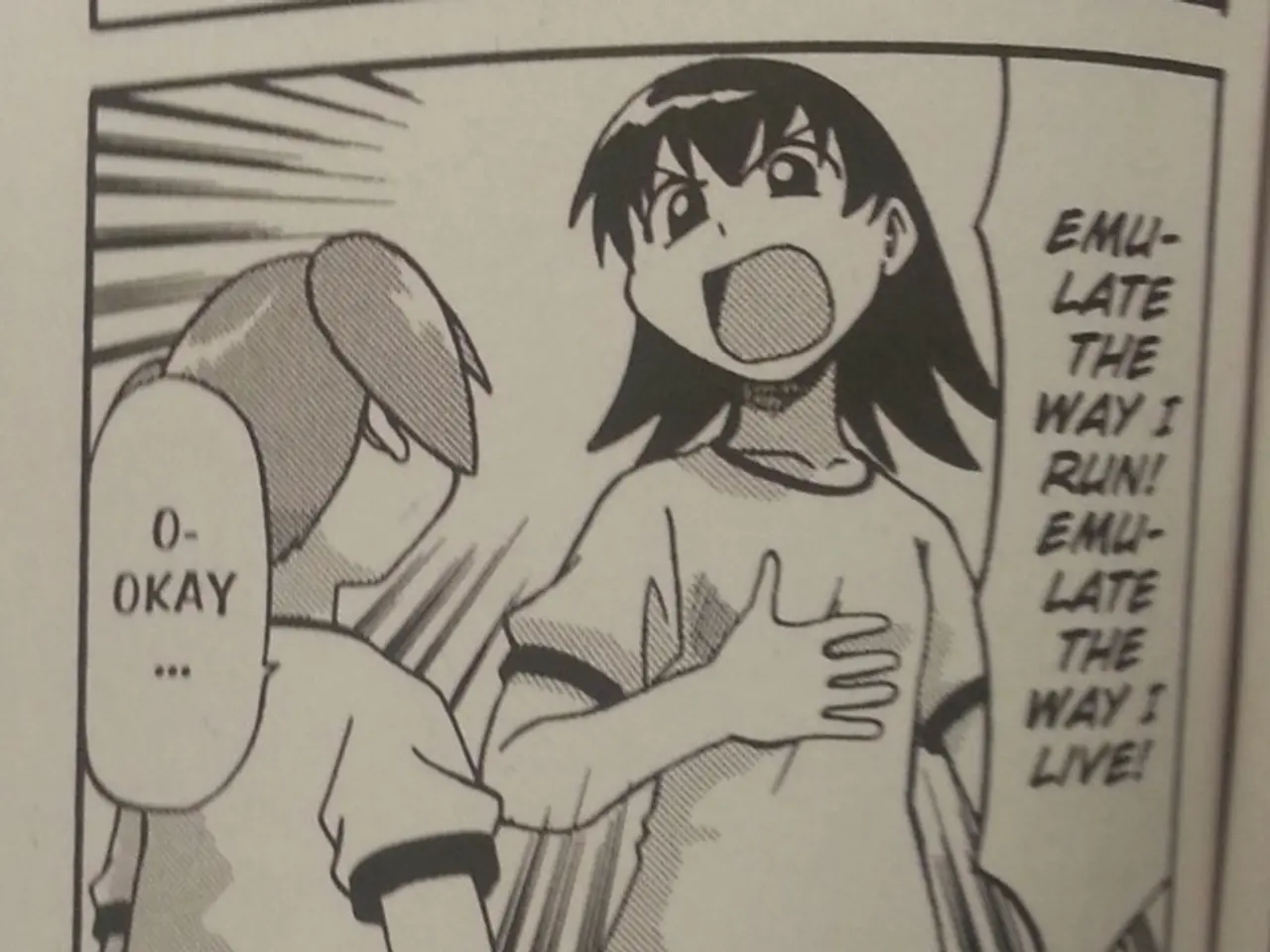brain scientist Jill Bolte Taylor's compelling personal account of experiencing and recovering from a massive stroke, detailing the cognitive changes and neurological processes she witnessed in real-time.
In a captivating account, neuroanatomist Jill Bolte Taylor shares her unique experience during a stroke in 1996, providing living proof that one can evolve and make others evolve by being "wired" differently. Taylor's unusual experience offers intriguing insights into the functional specializations and complementary collaboration of the brain's two hemispheres.
On December 10, 1996, Taylor suffered a stroke caused by a ruptured blood vessel in her left hemisphere. Contrary to expectations, the hemorrhage occurred in her meninges, but it did not significantly alter her brain's functioning due to a recurrent bleeding stoppage. This event allowed Taylor to experience an expansion of consciousness, leading her to hypothesize about the functioning of the cerebral hemispheres.
The neuroscientific understanding of the relationship between the left and right brain hemispheres emphasizes both their functional specializations and complementary collaboration rather than strict dominance of one over the other. The left hemisphere, primarily specialized in language processing, logical reasoning, and detailed, sequential processing, is home to key areas such as Broca’s area and Wernicke’s area. Damage to the left hemisphere often leads to language deficits such as aphasia.
In contrast, the right hemisphere is more involved in spatial awareness, face recognition, and emotional regulation. It plays a crucial role in interpreting nonverbal cues, such as facial expressions and tone of voice. The right hemisphere's holistic, intuitive, and creative processing complements the left hemisphere's logical analysis and language skills.
Modern neuroscience dispels the myth of strict left- or right-brain dominance. Instead, both hemispheres work together in almost all cognitive tasks, integrating their specialized functions through robust interhemispheric communication. For example, language and logic (left hemisphere) are complemented by emotional context and spatial understanding (right hemisphere).
Taylor's unusual experience during her stroke led her to believe that the right brain operates in the present moment, processing all information simultaneously. During this state, she lost all sense of physical boundaries and could not distinguish her body from her surroundings. Taylor can voluntarily focus on the present moment to dissipate emotional reactions, offering a fascinating perspective on the right brain's role in emotional regulation.
The speaker, who encountered Madeleine, a person with a unique way of being, found her answers different from their conception of things. Madeleine, in her childhood, didn't see the limits of her body and perceived everything as energy. She had to concentrate to delimit the contours of her physical envelope, suggesting a deeper connection with the right brain's holistic, intuitive, and creative processing.
In conclusion, neuroscientific research highlights that the left and right brain hemispheres specialize in different but complementary functions—left for language and logical analysis, right for spatial and emotional processing. However, they operate in a highly integrated manner, collaborating across complex neural networks to support holistic cognitive function. Taylor's extraordinary experience serves as a testament to the brain's remarkable capacity for adaptation and integration, inviting us to continue our exploration of the links between the brain and consciousness.
For those interested in furthering their understanding of this fascinating topic, American scientist Eben Alexander's testimony offers a compelling account of his near-death experience and its implications for the brain and consciousness.
[1] Taylor, J. B. (2008). My Stroke of Insight: A Brain Scientist's Personal Journey. Viking Adult. [2] Bolte, J. B., & Taylor, J. B. (2000). The brain's two hemispheres: Individual differences in cognitive and affective processing. In J. B. Bolte & J. B. Taylor (Eds.), The Brain's Two Hemispheres: Individual Differences in Cognitive and Affective Processing (pp. 1-24). Elsevier. [3] Geschwind, N., & Galaburda, A. M. (1985). A synthesis of the neurology of language: Dyslexia, speech disorders, and schizophrenia. In S. C. Levine (Ed.), Handbook of Neurology, Vol. 5: Language and Communication (pp. 559-619). North-Holland Publishing Company.
- Jill Bolte Taylor's remarkable stroke experience shed light on the medical-conditions associated with neurological-disorders, demonstrating the importance of education-and-self-development in personal-growth.
- As a neuroanatomist, Taylor's insights into the functioning of the brain's two hemispheres and their interaction highlighted the significance of mindfulness practice in emotional regulation.
- Taylor's account also emphasizes the integration of the brain's specialized functions in cognitive tasks, showing that one can evolve and make others evolve by understanding and harnessing the power of interhemispheric collaboration.




